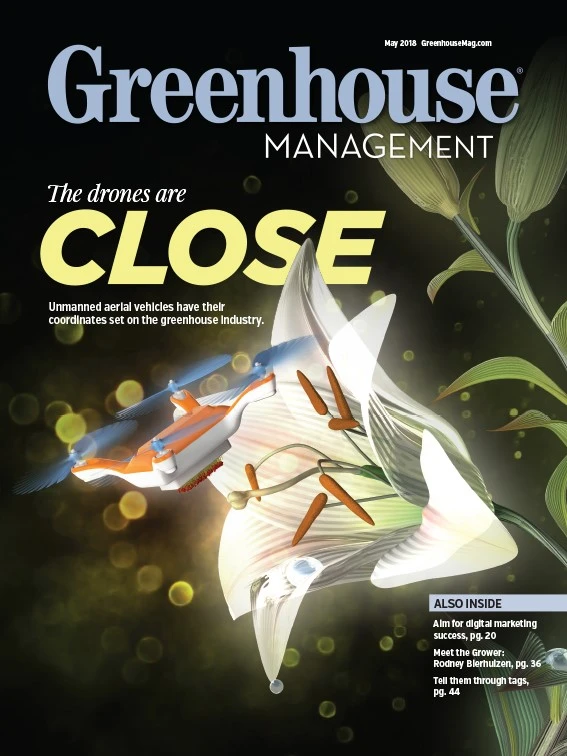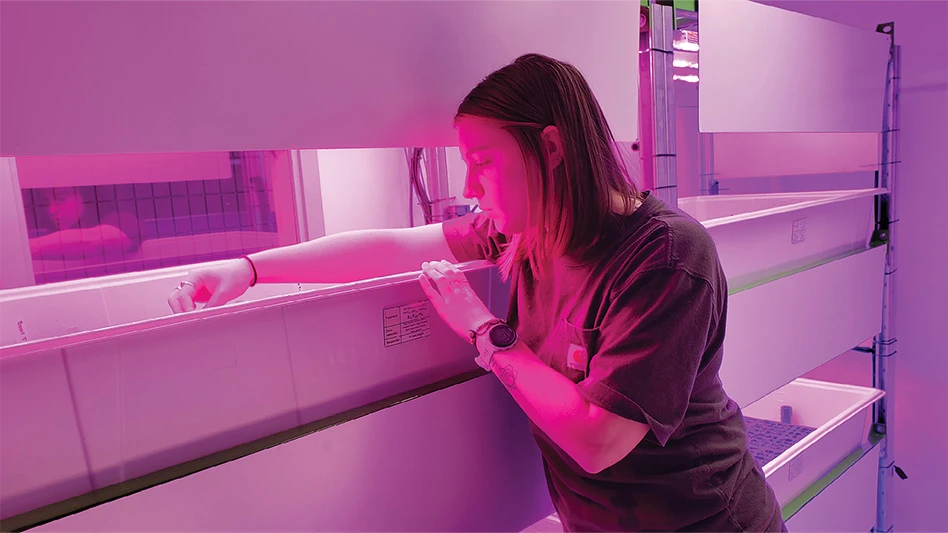
What one person perceives as a scientific advancement, another might perceive as a setback.
Personally, I am ambivalent about a lot of new technology. I think one of the most terrifying examples is Boston Dynamics’ SpotMini, a door-opening, dog-like robot. While I wouldn’t let my beagle puppy play in the dog park with this menace, the developers might have a different take.
As of this writing, I am reading “The Wizard and the Prophet: Two Remarkable Scientists and Their Dueling Visions to Shape Tomorrow’s World” by Charles C. Mann. It details the lives and philosophies of William Vogt, an ornithologist and environmentalist, and Norman Borlaug, an agronomist and “the father of the Green Revolution.” Vogt stressed the need to preserve natural lands, while Borlaug bred wheat to produce higher yields and grow in new locales, resultingly feeding more people.
Debates continue today between people whose ideas tend to stem from these divergent schools of thought. In the green industry, disagreements abound about the use of pesticides, genetic engineering and plant selection.
One controversial technological development that could impact greenhouse operations is drone technology. Dr. Eijiro Miyako of Japan’s National Institute of Advanced Industrial Science and Technology (AIST), has received angry emails because last year, he added components to a drone to get it to pollinate flowers. People have accused him of trying to replace bees, which many a grower knows are integral.
But some scientists say that if bees are already on a path to extinction, there should be a backup plan. Christophe De Wagter, researcher at the Delft University of Technology’s Micro Aerial Vehicle Lab (MAVLab) in the Netherlands, points out that humans are causing biodiversity loss. He explains his stance on the MAVLab’s own pollination drone technology this way: “While extinction is a natural process, humans might cause more extinction than is good for them. In case natural pollinators would disappear, then alternatives would be very welcome.”
For this month’s cover story, I talked to Miyako, De Wagter and others who are developing drones to be used in horticultural and agricultural applications. Whether they are coming to the greenhouse market in five, 10 or 15 years, the drones are close, and they are likely to have some effect on how growers operate. Depending on your perspective, this could be an advancement or a setback, but either way, it is worth paying attention to.
Patrick Williams, Associate Editor
216-393-0315 | Twitter: @GIEPatWilliams

Explore the May 2018 Issue
Check out more from this issue and find your next story to read.
Latest from Greenhouse Management
- USDA fires experts on invasive pests, including Asian citrus psyllid, chilli thrips
- CEA Alliance celebrates bipartisan introduction of Supporting Innovation in Agriculture Act
- Dümmen Orange North America celebrating 25th anniversary in 2025
- CEA HERB Part 1: Best management practices for culinary herbs
- Lawsuit challenges new H-2 visa rules
- CEA HERB Part 2: A guide to increasing the sowing density of culinary herbs
- Illinois Landscape Contractors Association changes name to Landscape Illinois
- 2025 Proven Winners Horticulture Scholarship applications now open







